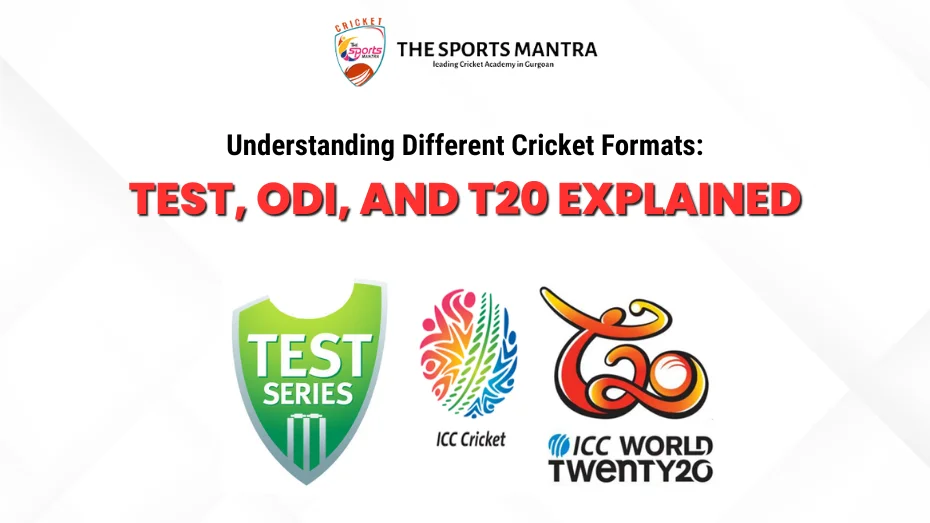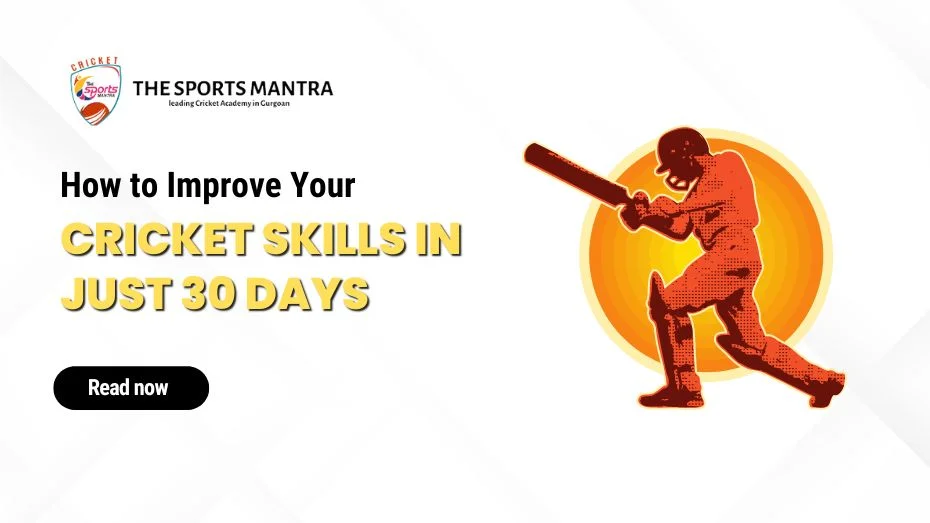
Understanding Different Cricket Formats: Test, ODI, and T20 Explained
Mac
- 0
Cricket, often referred to as a gentleman’s game, has evolved over the years to embrace a variety of formats that cater to different preferences and audiences. Each format brings its own unique flavor to the sport, shaping the way we perceive and experience cricket. In this blog, we will delve into the three primary cricket formats: Test matches, One Day Internationals (ODIs), and Twenty20 (T20) cricket, to understand their distinct characteristics, strategies, and significance.
1. Test Cricket: The Ultimate Test of Skill and EnduranceTest cricket is the purest and oldest form of the game. Played over a period of five days, it is the ultimate test of a cricketer’s skills, temperament, and endurance. The format allows for the ebb and flow of the game, with both teams having the opportunity to bat and bowl twice. Test matches often serve as a canvas for timeless battles between bat and ball, emphasizing the importance of technique, patience, and strategy.
Key Features:
- Matches played over five days.
- Four innings – two by each team.
- Unlimited overs in each inning.
- Red cricket ball used for better visibility.
- Often played on traditional, larger cricket grounds.
- Focus on long-term strategy and accumulation of runs.
2. One Day Internationals (ODIs): Fast-Paced DramaODIs brought a new level of excitement to cricket. Limited to 50 overs per side, these matches strike a balance between the strategic nature of Test cricket and the urgency of T20 cricket. ODIs introduced the concept of powerplays, fielding restrictions, and innovative shot-making, making them a thrilling spectacle for fans.
Key Features:
- Matches played in a single day, with each team facing 300 balls.
- 50 overs per side.White cricket ball for better visibility under lights.
- Strategic use of powerplays and fielding restrictions.
- Balancing between batting for accumulation and quick scoring.
- Emphasis on building partnerships and setting/chasing targets.
3. Twenty20 (T20) Cricket: Entertainment and ExcitementT20 cricket revolutionized the game, bringing fast-paced action, explosive hitting, and nail-biting finishes to the forefront. Condensed into just 20 overs per side, T20 matches prioritize aggressive batting, innovative shots, and dynamic fielding. This format has captivated a global audience, making cricket accessible to a wider range of fans.
Key Features:
- Matches played in approximately three hours.
- 20 overs per side.
- Explosive batting, with focus on boundaries and quick runs.
- Vibrant fielding with acrobatic catches and agile stops.
- High-pressure situations demand innovative strategies.
- Popular T20 leagues like the Indian Premier League (IPL) have gained immense popularity.
Conclusion:
The Beauty of Diversity
As cricket enthusiasts, we are privileged to witness and celebrate the diversity of cricket formats, each offering a distinct narrative and experience. While Test cricket tests a player’s mettle and endurance, ODIs find the perfect balance between strategy and aggression. T20 cricket, on the other hand, thrives on adrenaline-pumping excitement and encourages unorthodox brilliance.Whether you’re a purist who revels in the grace of Test cricket, a strategist who thrives in ODIs, or a thrill-seeker who embraces T20 action, there’s something for everyone in the world of cricket. So, the next time you tune in to watch a cricket match, take a moment to appreciate the rich tapestry of formats that contribute to the beauty of this incredible sport.


